On June 1, 2025, Ukraine executed a massive drone assault on Russian military airbases deep within Siberia, targeting over 40 warplanes, including strategic bombers, in what could be the most significant drone operation of the ongoing conflict. A Ukrainian security official, speaking anonymously to Reuters, confirmed the strikes, which hit four airbases, including the Belaya airbase in Russia‘s Irkutsk region, over 2,485 miles (4,000 km) from Ukraine’s border.

Operation Spiderweb: A Strategic Drone Offensive
Codenamed “Spiderweb,” this operation had been in preparation for over 18 months, according to Ukrainska Pravda. The Ukrainian SBU domestic intelligence agency orchestrated the attack, launching drones from trucks positioned near Russian airfields. Some trucks, stationed in Siberia’s Irkutsk region, were equipped with small wooden structures to conceal the drones. This method allowed Ukraine to strike thousands of miles from its territory, targeting critical Russian assets like Tu-95 and Tu-22 bombers, which are used to launch long-range missiles against Ukrainian cities. The Tu-95, a Cold War-era aircraft originally designed to carry nuclear bombs, now deploys cruise missiles, making it a high-value target.

Technical Precision in Long-Range Drone Warfare
Ukraine’s drone capabilities have evolved significantly since Russia’s invasion in February 2022. The country has developed a fleet of attack drones with impressive range—earlier this year, Ukraine announced a new drone with a range of 1,864 miles (3,000 km).

The drones used in this operation likely exceeded that, given the distance to the Belaya airbase. Footage shared by Reuters showed several large aircraft, identified as Tu-95 bombers, engulfed in flames, indicating the drones carried powerful payloads capable of causing significant damage. This strike demonstrates Ukraine’s advancements in Drone Technology, particularly in navigation and endurance, enabling precise attacks over vast distances.
Escalation Ahead of Peace Talks
The timing of the strike is notable, occurring just before planned ceasefire talks in Istanbul on June 2, 2025. Ukrainian President Volodymyr Zelenskyy confirmed a delegation led by Defense Minister Rustem Umerov would attend, stating on social media that priorities include achieving “a complete and unconditional ceasefire” and securing the “return of prisoners and abducted children.” The attack underscores Ukraine’s strategy to weaken Russia’s military capabilities ahead of negotiations, potentially shifting the balance of power. However, it also risks escalating tensions, as Russia retaliated with 472 drones and seven missiles overnight—the highest nightly total of the war—targeting Ukrainian cities, according to the Ukrainian air force.
Industry Trends: Drones as Game-Changers in Modern Warfare
This operation highlights the growing role of drones in modern warfare, particularly for nations like Ukraine, which face a firepower disadvantage. Drones offer a cost-effective way to strike high-value targets, disrupt enemy operations, and minimize risk to personnel. The use of trucks as mobile launch platforms introduces a new tactical layer, allowing for covert deployment in hostile territory. For drone professionals, this underscores the importance of developing versatile, long-range unmanned systems that can operate in contested environments. However, it also raises regulatory concerns—such tactics could prompt stricter international laws on drone usage, especially in cross-border conflicts.
Broader Implications for Drone Technology
The success of this strike, if confirmed, could accelerate investment in drone technology globally, as militaries seek to replicate Ukraine’s capabilities. For recreational drone pilots and manufacturers, this may lead to tighter export controls on drone components, particularly those with dual-use potential, like advanced navigation systems. Economically, the Drone Industry could see a surge in demand for long-range, payload-capable models, but operators must navigate an increasingly complex regulatory landscape as governments respond to the militarization of unmanned systems.
This operation marks a pivotal moment in the conflict, showcasing the transformative power of drones in warfare while setting the stage for critical diplomatic discussions.
Photos courtesy of X
Discover more from DroneXL.co
Subscribe to get the latest posts sent to your email.
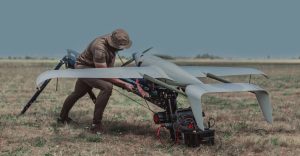
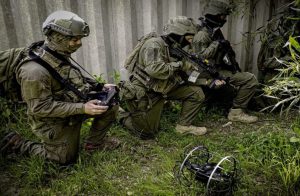

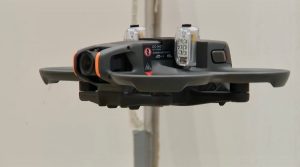
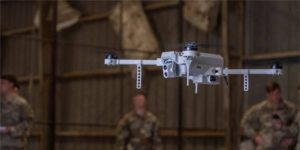




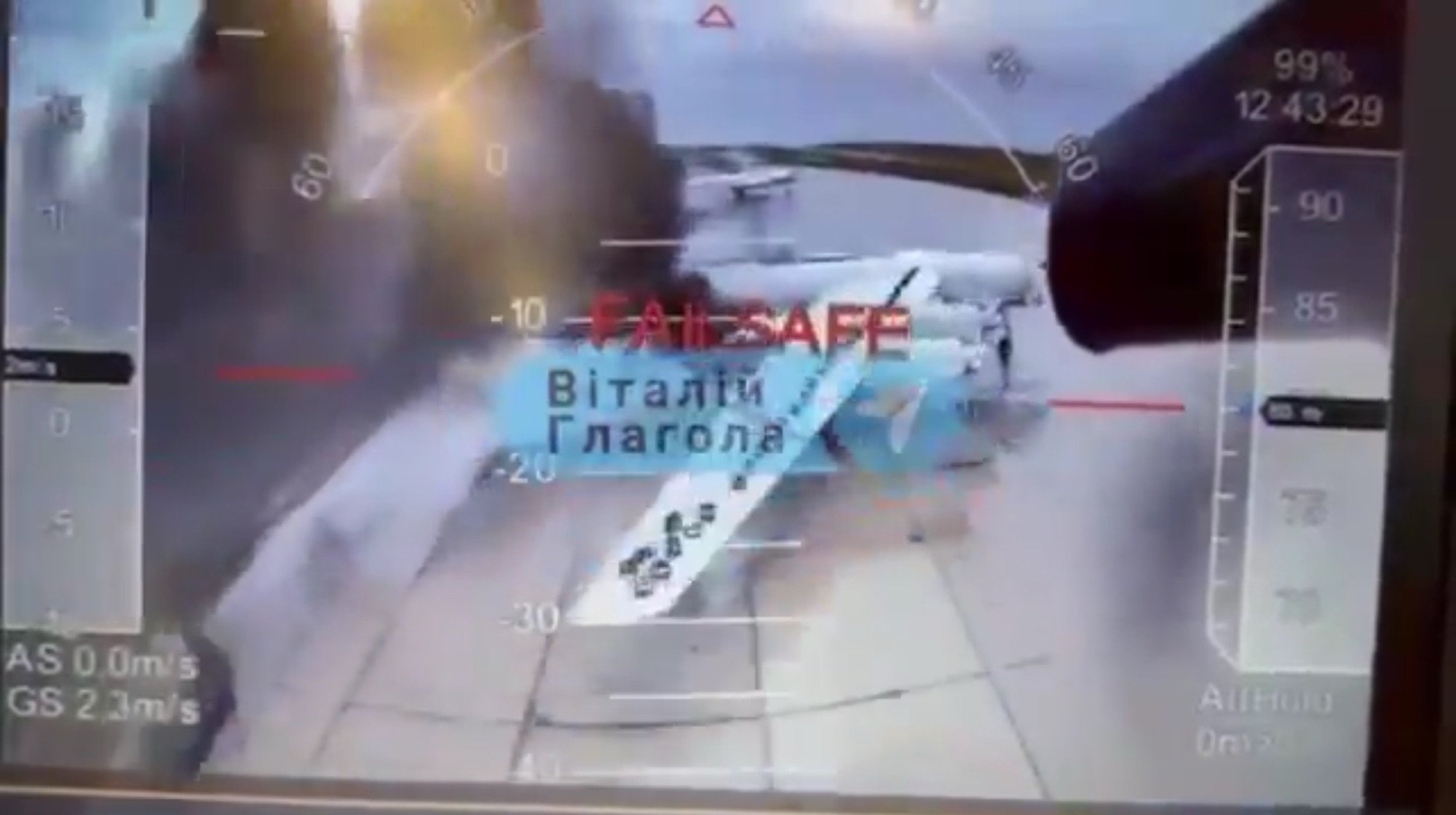
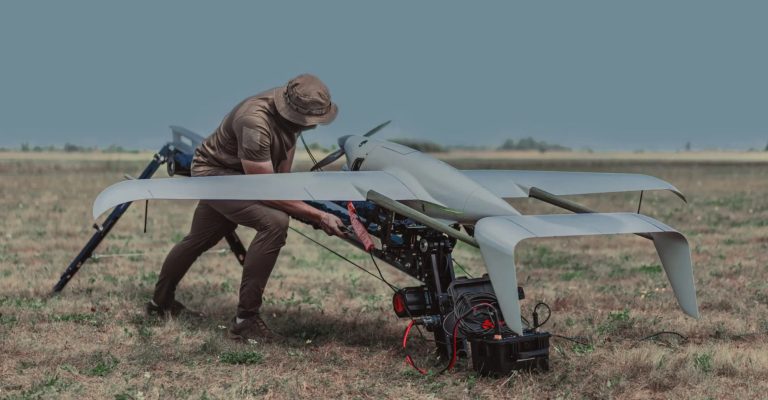
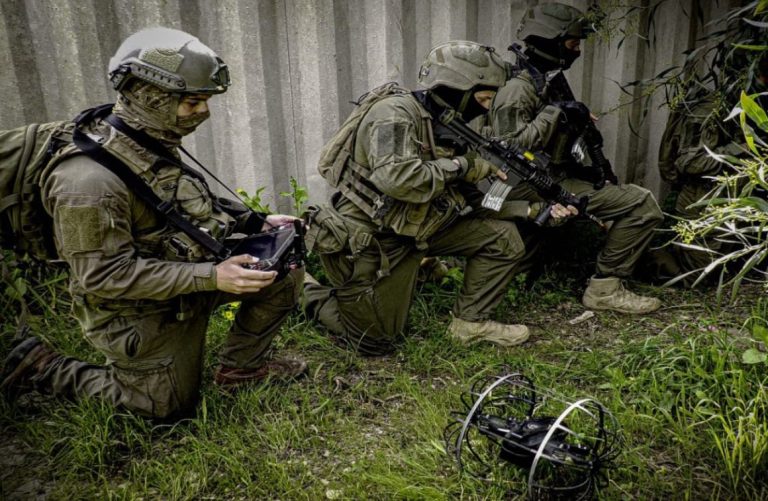

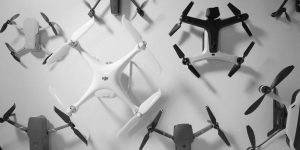

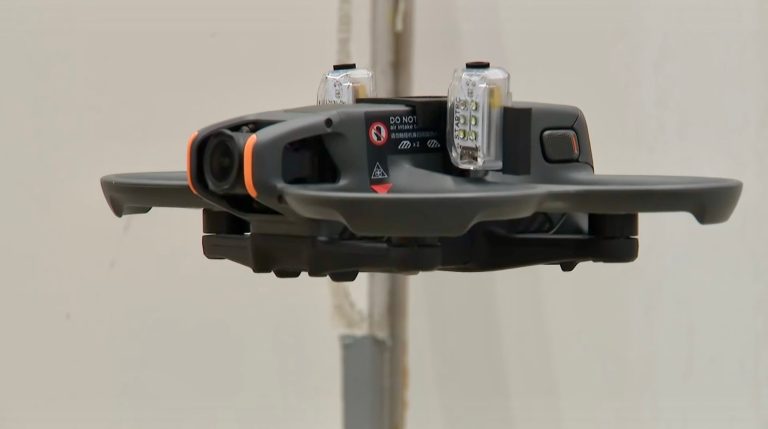




+ There are no comments
Add yours